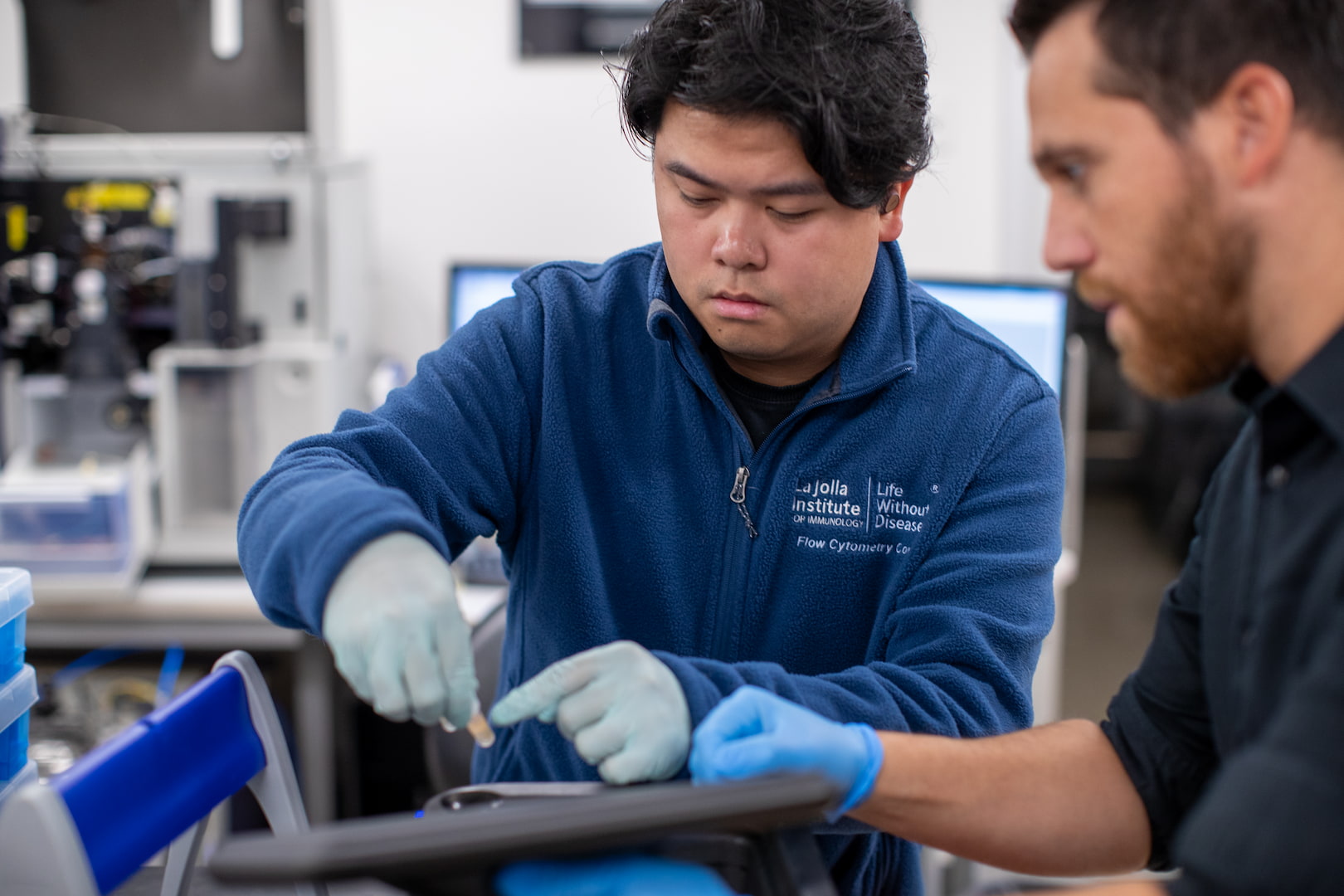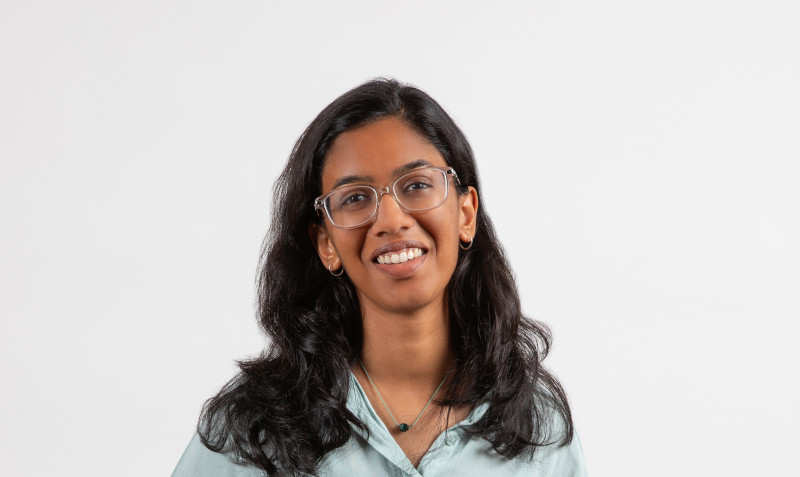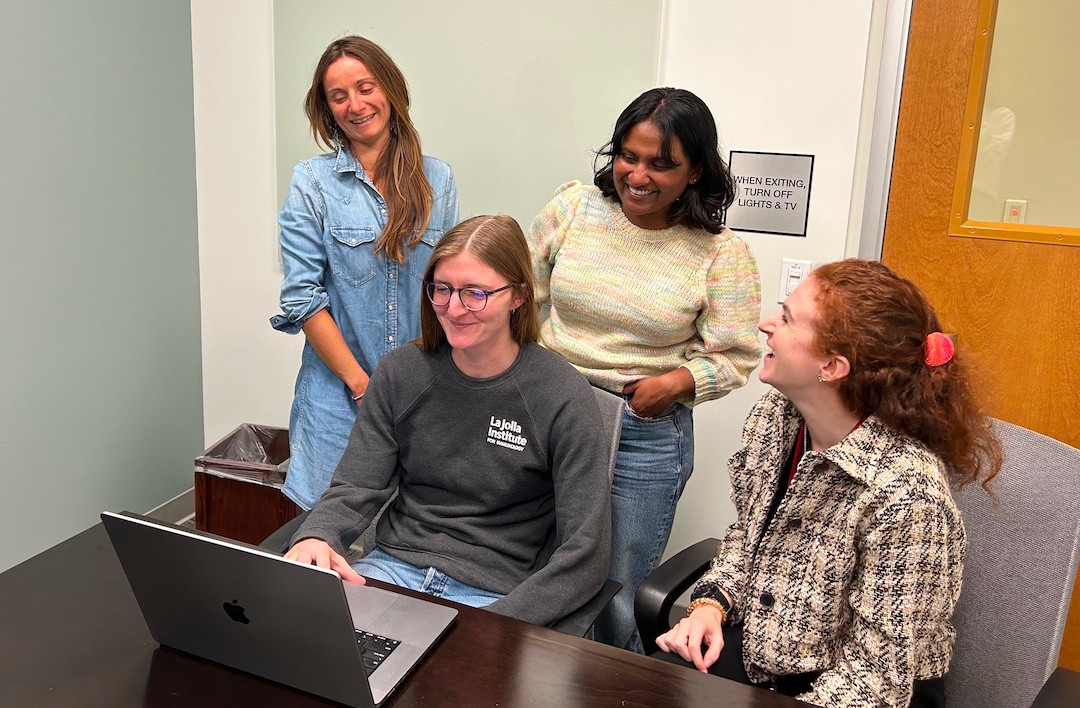Just like art that forces us to see the world in new ways, science has changed our view of ourselves, our prejudices, and our culture. “It is my hope that by seeing science through the eyes of artists we are able to shift our focus outside of our worlds and consider novel ways we can impact each other and the planet,” says Chi Essary, who curated the show.
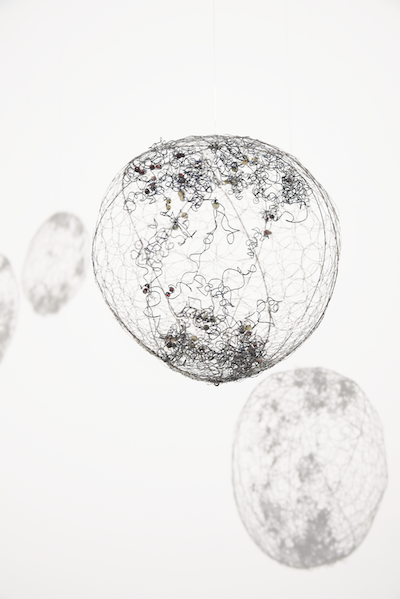
For Illumination: 21st Century Interactions with Art + Science + Technology, Essary played matchmaker for 16 artists with scientists from seven San Diego research organizations and invited 10 more artists working on their own interpretation of science, nature, and technology. The results are as varied and diverse as the collaborations that ensued.
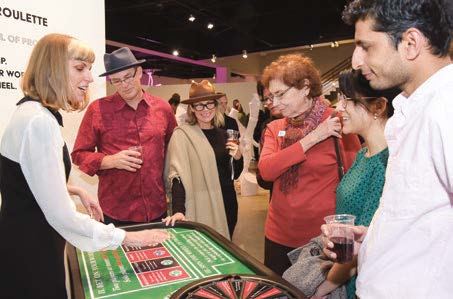
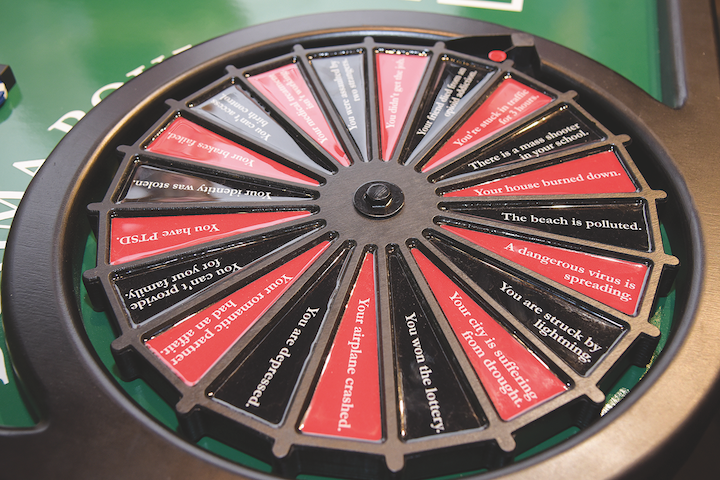
When Margaret Noble met with LJI Professor Matthias von Herrath, M.D., who studies how the immune system destroys insulin-producing cells in type 1 diabetes, their conversation soon veered from immune cells to the power of dogmatic beliefs. “Science is considered to be based on facts, where hypotheses are either independently verified or refuted,” says Dr. von Herrath. “But some ideas can become so entrenched they effectively turn into articles of faith and prevent us from moving forward.”
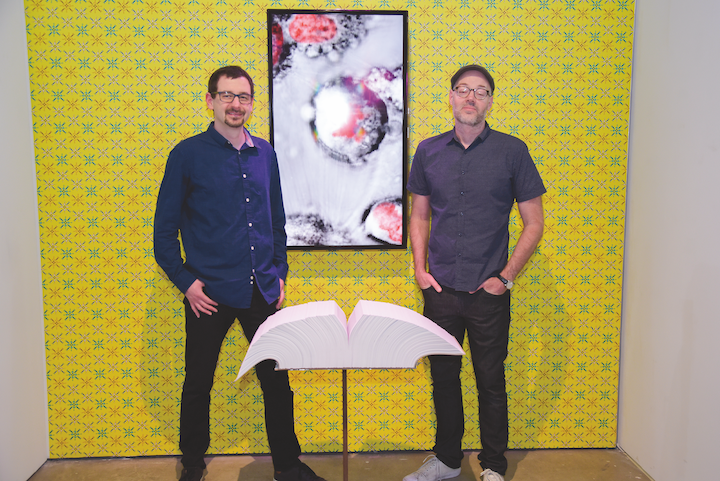
Noble remembers thinking that the threat of dogma not only poses a challenge to biomedical research, but also plays an important role across the whole spectrum of human experience. “I wanted to explore all the areas where ingrained beliefs hold us back,” says Noble.
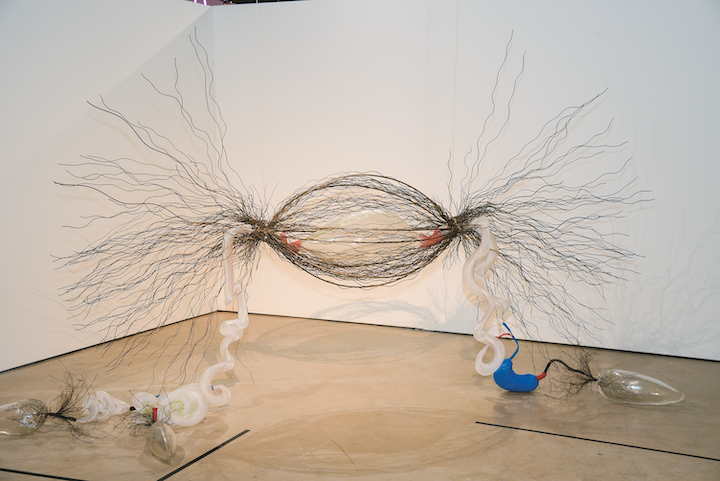
Cy Kuckenbaker concedes that he didn’t know much about biology when he visited the microscopy core facility at La Jolla Institute.
“My favorite science was astronomy—it was visual, philosophically challenging, and took place on a grand scale,” Kuckenbacker says. “During my encounters with Dr. Mikulski and Dr. McArdle, I experienced biology for the first time in a way that felt like astronomy. The world they are exploring is three-dimensional and inconceivably vast. It is breathtaking.” In his installation, he pays homage to his hosts for opening up a new world to him by featuring Drs. Mikulski and McArdle in the wallpaper’s repeating pattern.
The show will run until May 3 at the
San Diego Art Institute in Balboa Park,
1439 El Prado, San Diego, CA 92101.
Admission is free.
